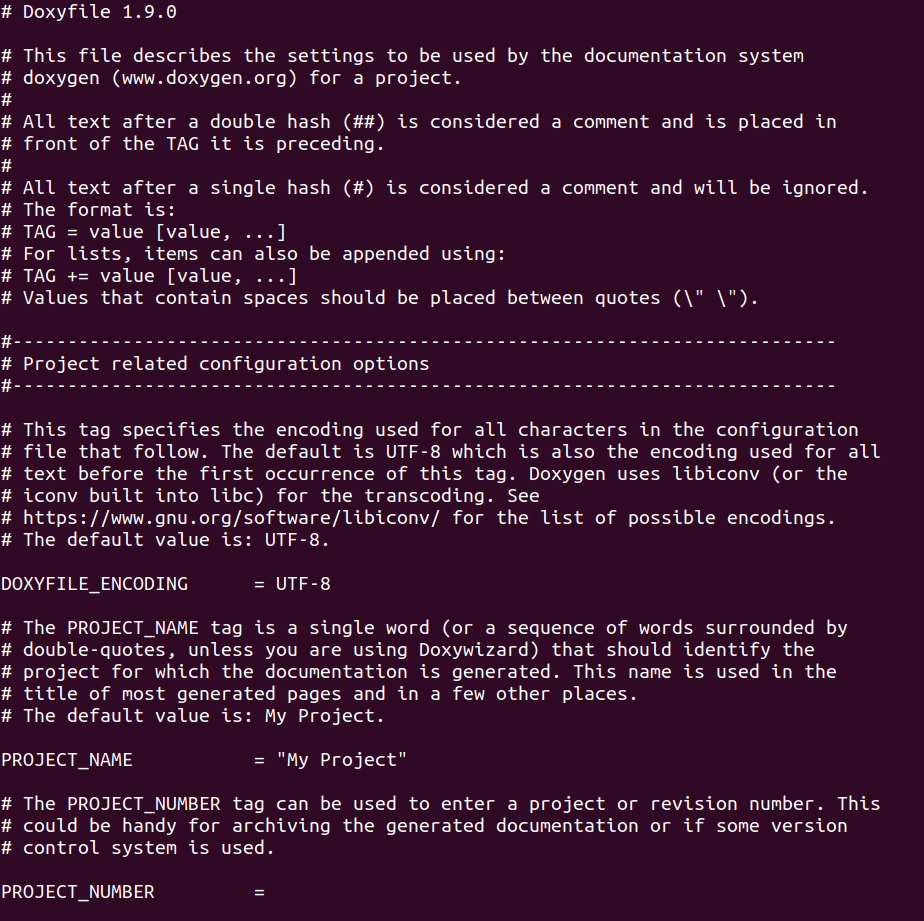

Refers the reader to another entity, e.g.Table of Contents 2.1 General Installation Guidance 2.1.1 Supported Platforms 2.1.2 Which MySQL Version and Distribution to Install 2.1.3 How to Get MySQL 2.1.4 Verifying Package Integrity Using MD5 Checksums or GnuPG 2.1.5 Installation Layouts 2.1.6 Compiler-Specific Build Characteristics 2.2 Installing MySQL on Unix/Linux Using Generic Binaries 2.3 Installing MySQL on Microsoft Windows 2.3.1 MySQL Installation Layout on Microsoft Windows 2.3.2 Choosing an Installation Package 2.3.3 MySQL Installer for Windows 2.3.4 Installing MySQL on Microsoft Windows Using a.Logical, intent(in) :: test !> The logical expression to test. Documentation for parameters can also be placed right next to them: Some warning related to the following Documentation of on or more parameters.They are started either with \ or An exhaustive list can be found here The tags used in the Doxygen documentation blocks are called "special commands".The first paragraph is used as a short description in overview tables. The documentation for a subroutine or function is placed above it.Comments relevant for Doxygen have are started with !>.Subroutine assert( test, failmsg, doStop )Ĭharacter(*), intent(in), optional :: failmsg !> assertStopOnFailed (References to other routines) !> If given, overrides the default behaviour set by assertSetStopMode. !> and bookkeeping is done for delayed stopping (see assertStopOnFailed). !> doStop Controls whether to stop execution. !> Can be modified with a prefix (see assertSetMsgPrefix) If omitted, a generic message is printed.

!> print the fail message and possibly stop execution. !> A generic assertion, tests a given logical expression.

The following section shows how to use some of the documentation tags understood by Doxygen.


 0 kommentar(er)
0 kommentar(er)
